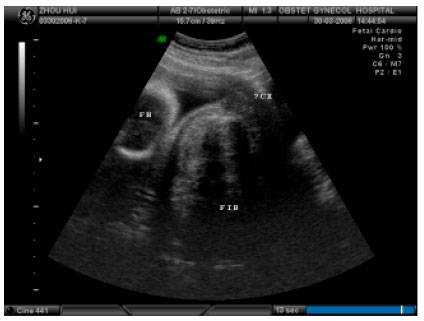Research Article
Termination of Pregnancy in the Second Trimester by Hysterotomy in View of Huge Cervical Fibroid
Obstetrics and Gynecology Hospital at Fudan University, Shanghai 200011, China
Xin Lu
Obstetrics and Gynecology Hospital at Fudan University, Shanghai 200011, China









